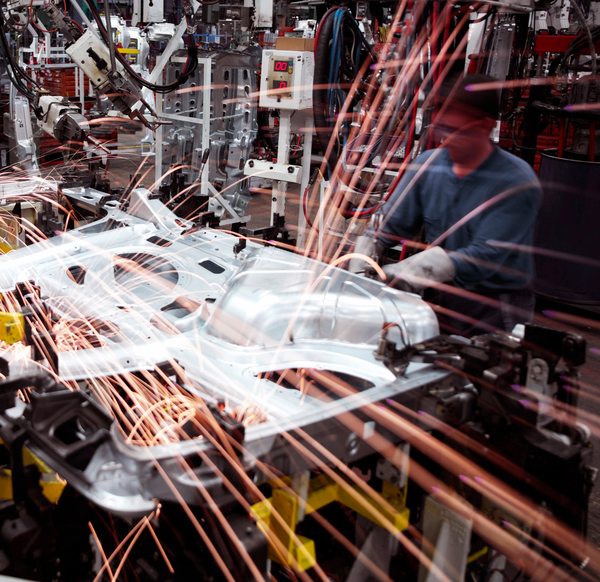Four Essential Ways to Boost Robotic Welding Performance

Robotic welding holds immense potential to revolutionize productivity across a variety of manufacturing environments, whether large-scale or small-batch operations. However, implementing robotic welding systems often represents a significant financial commitment. To maximize your return on investment (ROI) within a reasonable timeframe, it's crucial to optimize the performance of your robotic welding equipment from day one.
But how exactly can you ensure your robotic welding systems operate at their highest efficiency? What steps can you take to accelerate your path to ROI and long-term success? Let’s explore four key strategies that can help you unlock the full potential of your robotic welding setup.
Maximizing Robotic Welding Performance
There are several critical factors to consider when aiming to achieve peak performance from your robotic welding systems. Here are four essential areas to focus on:
1. Establishing Rigorous Maintenance Protocols
Proactive maintenance is key to ensuring your robotic welding systems function optimally throughout their lifespan. Regular inspections and upkeep not only preserve the accuracy and repeatability of your robots but also enhance weld quality and production throughput. Neglecting routine maintenance can lead to costly repairs down the line, so it's wise to adopt a structured maintenance schedule tailored to your specific equipment.
2. Selecting Premium Quality Components
The choice of welding wires, consumables, nozzles, and welding guns plays a vital role in determining welding performance. Subtle differences in wire feeding mechanisms, for instance, can significantly affect weld consistency. Investing in high-quality components reduces the likelihood of unplanned downtime, ensuring smoother operations and better results. Always choose products designed specifically for robotic applications to maximize efficiency and reliability.
3. Continuous Operator Training
Even experienced welders require regular updates on new technologies and best practices to stay ahead in the rapidly evolving field of robotics. Ongoing training ensures that operators remain proficient in maintaining, troubleshooting, and optimizing robotic welding systems. As the technology continues to advance, staying informed about the latest innovations becomes increasingly important for both novice and seasoned professionals alike.
4. Leveraging Data Analytics
With advancements in IoT (Internet of Things), today's robotic welding systems offer unprecedented opportunities for data collection and analysis. By capturing detailed information about each weld cycle, manufacturers gain valuable insights into potential inefficiencies that might otherwise go unnoticed. Whether analyzing individual weld defects or assessing overall operational efficiency, this data empowers stakeholders at every level—from operators to senior management—to make informed decisions aimed at continuous improvement.
By adhering to these principles—implementing thorough maintenance routines, selecting premium-quality materials, providing continuous education for staff members, and utilizing advanced analytics—you'll be well-positioned to enjoy superior performance from your robotic welding installations. These measures collectively contribute toward achieving optimal productivity levels while minimizing risks associated with subpar execution.
Ultimately, successful robotic welding depends heavily upon meticulous attention to detail coupled with forward-thinking approaches rooted in innovation. As industries worldwide embrace automation more extensively than ever before, embracing such strategies becomes essential for businesses seeking sustainable growth amidst competitive landscapes.

Mud tank is the necessary equipment and slurry processing equipment supporting the mud circulation system for storing the drilling mud.
The mud tank is used to carry the mud from the wellhead to the Mud Pump. The mud tank is used together with the mud treatment equipment and serves as the treatment tank (also known as transition tank or grit chamber, etc.), slurry mixing tank, slurry storage tank and make-up tank in the solid control system.
Mud Tank,Oilfield Mud Tank,Drilling Fluids Tank,Oil Sludge Tank
Henan Youlong Petroleum Engineering Technology Co.,Ltd , https://www.youlongenergy.com